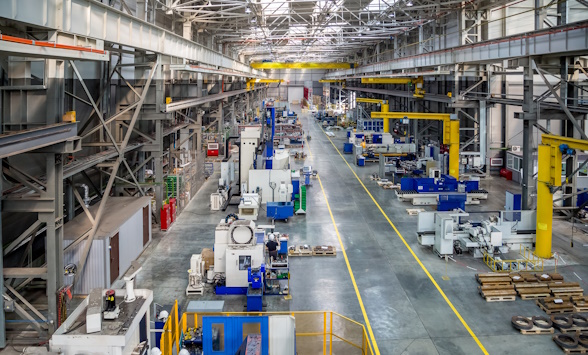Strategies for Staying Operational
Manufacturing faces constant turbulence—trade lanes shift, ports close and demand swings. Supply chains that once operated predictably must absorb shocks without halting. Surveys note that digitization gives organizations visibility into every aspect of their networks. To act on that awareness, operations must pivot instantly; therefore, a unified manufacturing execution system (MES) is now a strategic imperative.
Most factories were built with autonomy in mind. Each site runs its own bill of materials, work instructions and quality plans. When a component is delayed or an engineering change order is issued, teams exchange spreadsheets and PDFs, hoping to reconcile different versions of the truth. Hours or days slip by while planners manually adjust schedules, quality groups interpret revisions and operators wait for updated instructions. Those delays are untenable in a world where supply chains span continents and inventory buffers are slim.
Unified operations eliminate latency by connecting every plant, process and stakeholder to the same digital thread. A modern MES/manufacturing operations management (MOM) platform centralizes process definitions, materials data and quality criteria. When a supplier issue emerges or a substitute material is approved, the change is recorded once and propagated instantly across all facilities. Planners in one region, quality engineers in another and operators on a third continent see the same updated instructions. Instead of chasing down the latest spreadsheet, teams focus on optimizing throughput, reducing waste and improving safety.
“The collaboration with Dassault Systèmes’ DELMIA Apriso is focused on building our Lean business process and establishing a standardized operation for our global manufacturing sites.” — William Sun, General Manager, BorgWarner
BorgWarner’s experience illustrates how unification translates into measurable results. Before implementing DELMIA Apriso, engineers spent four to five hours integrating data from siloed systems whenever supply conditions changed. After deploying the platform, they produced consolidated views in minutes. The time saved is not merely an efficiency gain; it represents the ability to respond to disruptions before they cascade through the enterprise.
Building a resilient digital backbone
Resilience is designed into daily operations, not bolted on after a crisis. A digital backbone built on a unified MES/MOM platform supports resilience through several interlocking capabilities:
- Digital twins and simulation – Virtual representations of plants and supply networks allow manufacturers to test scenarios before they unfold. Managers can model how rerouting materials or adjusting staffing will affect throughput and quality, then deploy only the changes that deliver desired outcomes.
- Centralized master data – Bills of materials, routing logic and quality plans reside in a single repository. Updates occur once and flow automatically to every site, reducing duplication and misalignment.
- Event‑driven updates – Shop‑floor events trigger immediate actions across planning, quality and logistics. When a shipment is delayed, schedules and work instructions adjust in real time, preventing bottlenecks.
- Embedded analytics – Real‑time dashboards combine production metrics, supply information and quality indicators. Machine learning can detect patterns that hint at future disruptions and recommend preventative actions.
Strategies for continuous operation
Technology alone does not create resilience. Thoughtful leadership and disciplined practices are equally important. Manufacturing executives should:
- Develop a scenario mindset – Use digital twins to develop and rehearse contingency plans. Knowing how long operations can continue during a supply interruption and which alternative materials are acceptable accelerates decision‑making when disruptions occur.
- Align engineering and operations – Manage design changes, regulatory updates and supplier qualifications through the same digital platform. When engineering approves a substitute material, the MES updates routings and inspection plans automatically.
Industry surveys reveal that a vast majority of supply‑chain leaders aim to make their networks more flexible and resilient. Flexibility paired with standardization may seem paradoxical, yet the two reinforce each other. Standardized processes provide a baseline for comparison, while digital flexibility allows those processes to be adapted quickly to new conditions.
Bottom line
Resilient manufacturing is about preparing for uncertainty and turning volatility into a competitive advantage. A unified MES/MOM platform provides the technical foundation for that preparation. By centralizing data, enabling real‑time collaboration and fostering a culture of continuous improvement, manufacturers can keep their operations running when trade routes collapse, supplier networks shift or customer demand surges. The result is efficiency, a reputation for reliability, and trust with customers and suppliers. Unified platforms empower cross-functional innovation, continuous improvement and the resilience to truly thrive under pressure.
